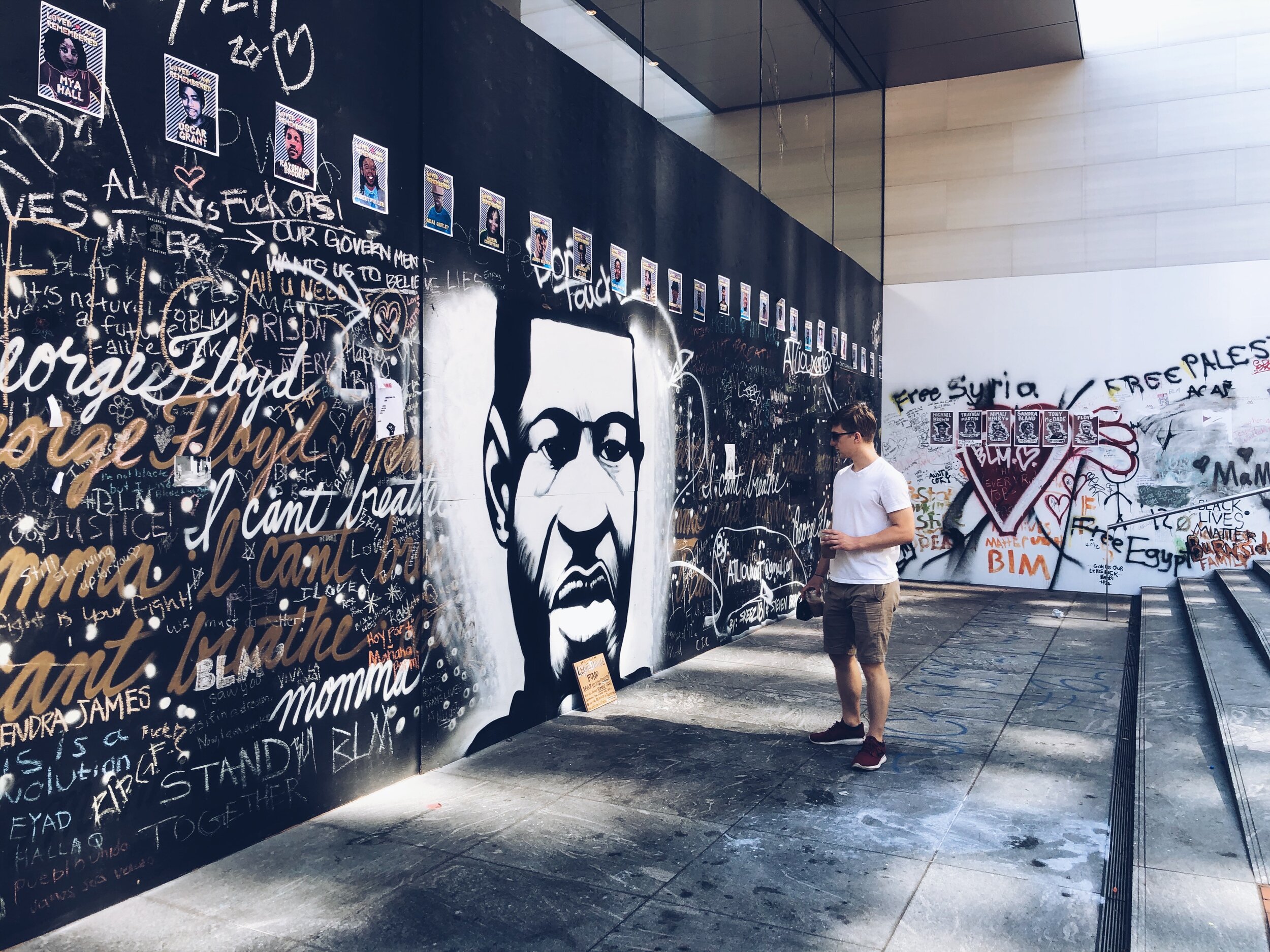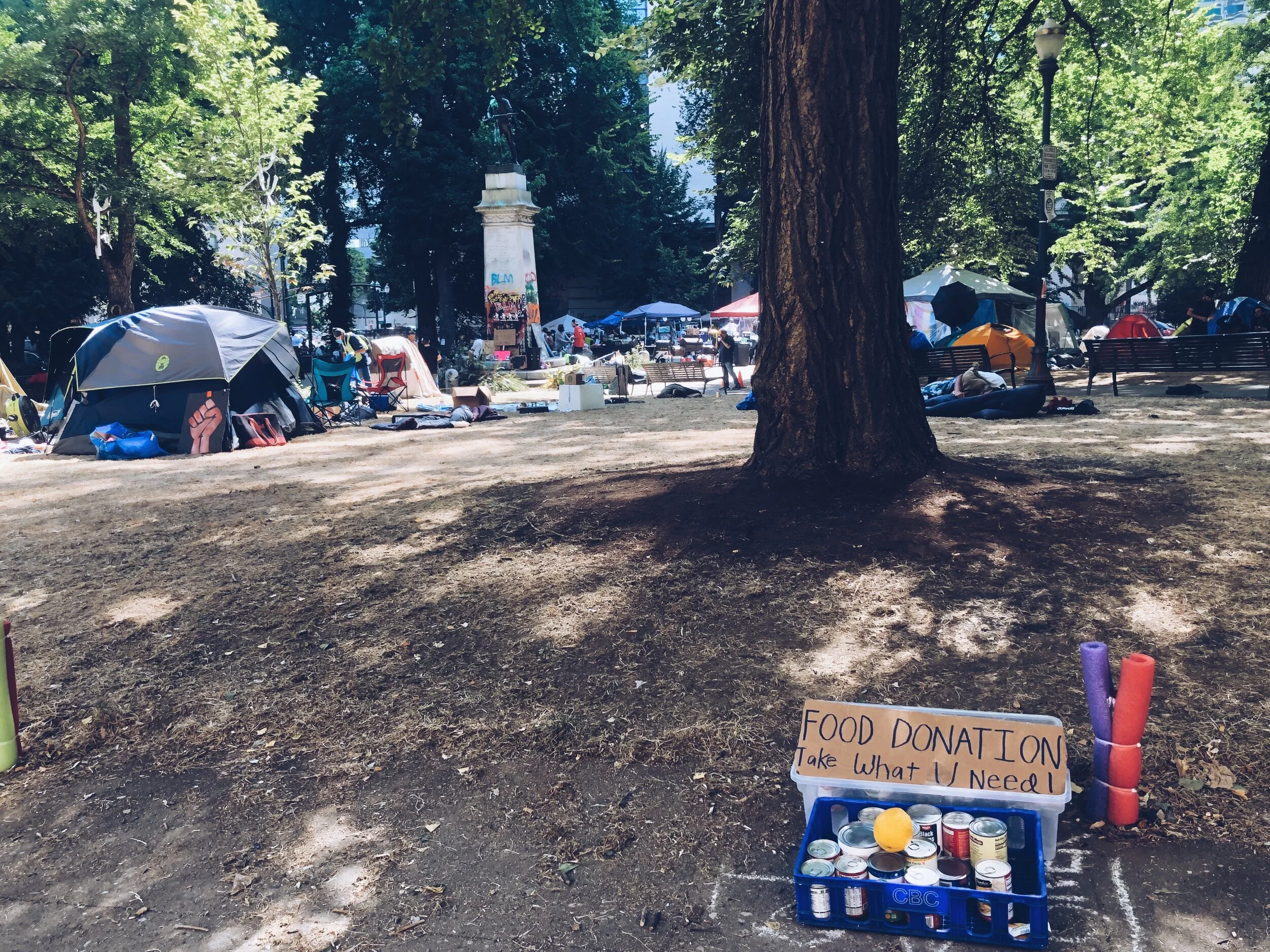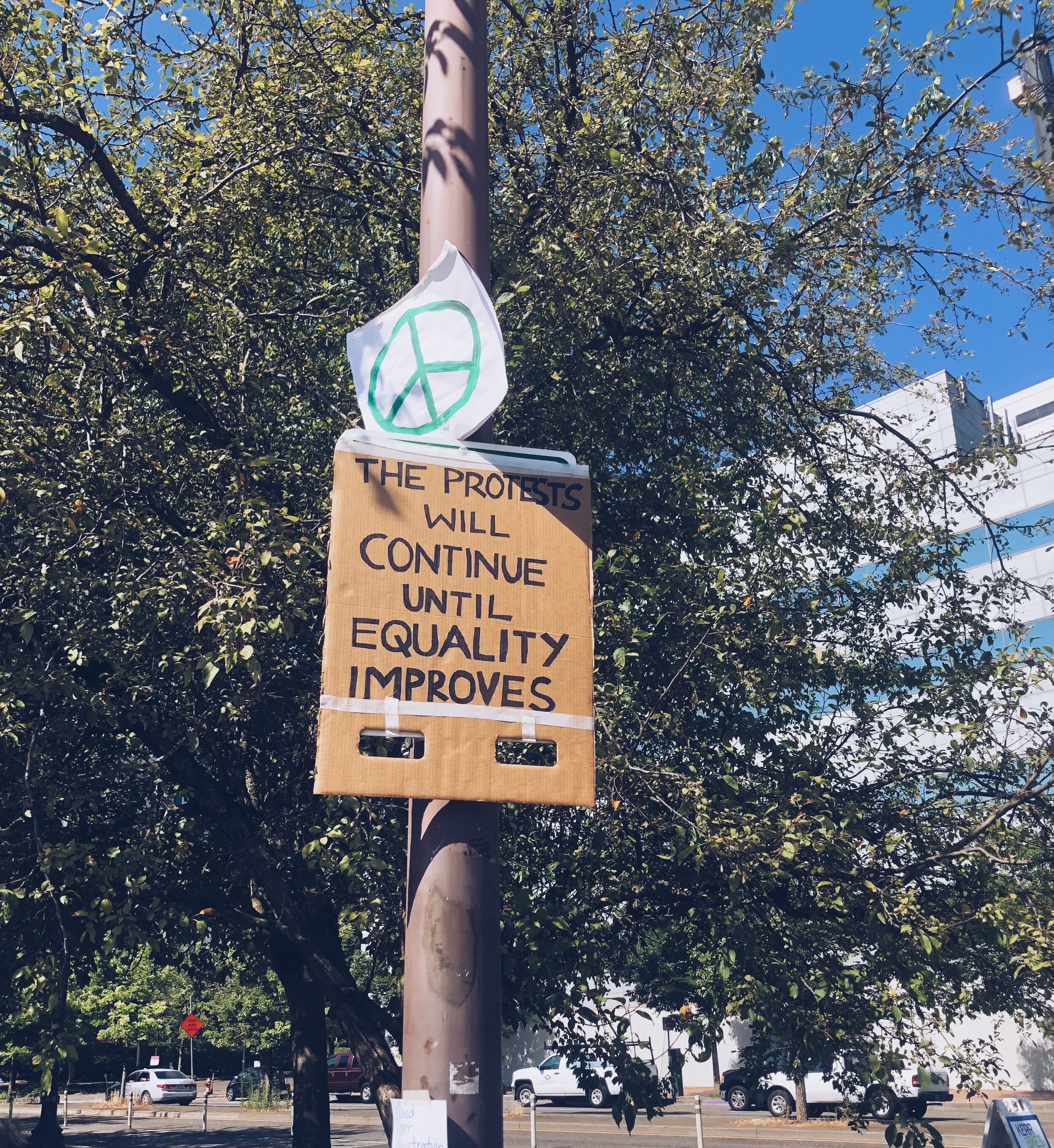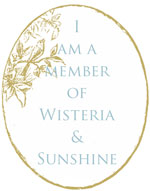patron of the new year
/Hello friends,
I was working on a post for this week, but then Wednesday happened and now I just keep staring at this screen wondering what I’m supposed to say. Currently, I feel angry. And more angry. And impatient with people who are shocked and bewildered because what did you think we’ve been saying for the last five years?! (And that makes me feel humbled and small all over again because of all the Black, Brown,Indigenous, LGBTQ and other marginalized voices who have been telling us this for much, much longer. I’m sorry and thank you for your endurance.)
National traumas leave marks. Emotions take up space and time. That’s where I am.
~~
The only escape I’ve managed from the news cycle the past few days is working on my first novel, The Spaces Between. Because it was under an agent’s contract for so long, I haven’t actually spent much time looking at it critically for a few years. Reading it now is like visiting a younger self. There’s the story on the page, which is entirely fictional, and there’s my memories of where it was written and how it felt. But there is also the memory of my internal struggles hovering like shadows around the words. I can trace my maturing through the lines. Maturing as a writer, of course, but also as a woman. I’m no longer writing for the critical voices in my head. So much of the work I did before was an ongoing argument between those voices and the self that was trying to break free. It makes me grateful that this book was never published, because when I wrote it I didn’t understand what it was to write out of truth. I didn’t realize it of course, but I was writing and living from a narrative I internalized but didn’t believe. Now I am writing as my true self; I have a strong sense when I am going against my own nature and purpose and I recognize the joy that comes when I’ve been the most honest. It’s a good place to be.
~ I’m forever on the lookout for symbols or imagery that will help me live into the stage of growth I’m in and last week I stumbled across Eleanor Roosevelt. As soon as I saw her picture I felt that she was going to be my patron (or guardian spirit as Austin Kleon would call her) for this part of the year.
Here she is gracing my journal with her bright common sense and strength.
“Do one thing every day that scares you.”
“Do what you feel in your heart to be right - for you’ll be criticized anyway.”
“No one can make you feel inferior without your consent.”
“Be confident, not certain.”
Eleanor makes me want to stand up straighter and get to work. So despite the rocky start to the year and the current state of my emotions, I have a lot of plans for 2021, including some good changes to my day-to-day life (which I’ll share more about later.) Next week, unless some other catastrophic thing happens, I want to share the first chapter of The Spaces Between with newsletter subscribers, so watch for that! <3
In the meantime, take good care of yourself. Be real. Be passionate and angry when you need to, but grab a bag of White Cheddar Hippeas and some Netflix when you need that too, k? Also naps.
Thanks for listening.
peace, friends.
tonia
Soundtrack for this post: Vaughan Williams, The Lark Ascending from The Lark Ascending Collection
On repeat for comfort and inspiration: Paterson (Jim Jarmusch,2016)






























